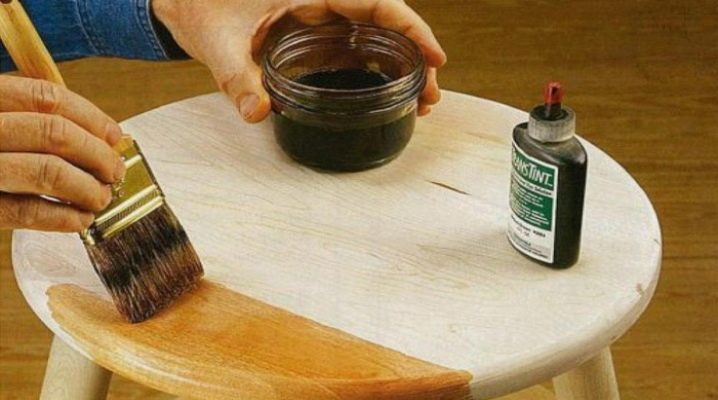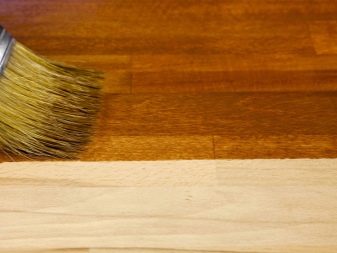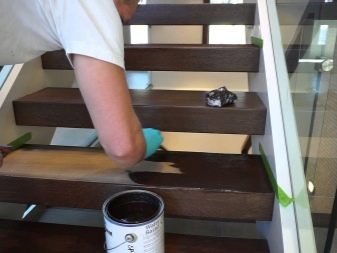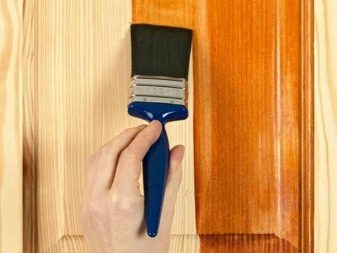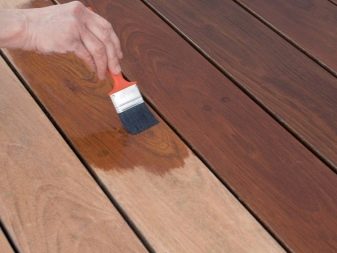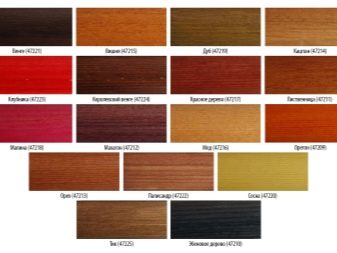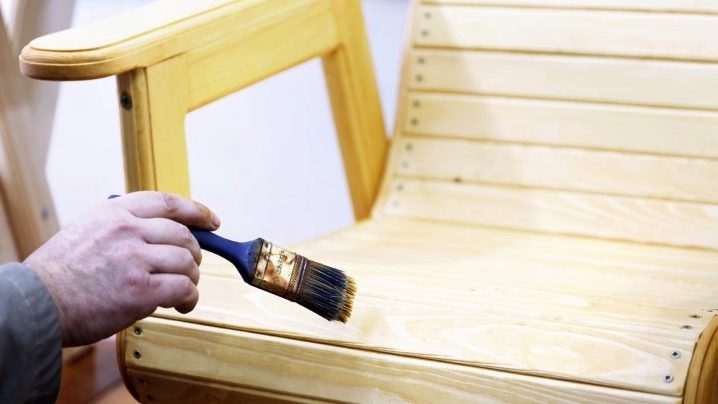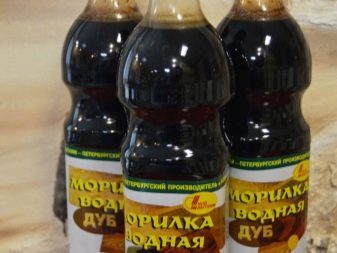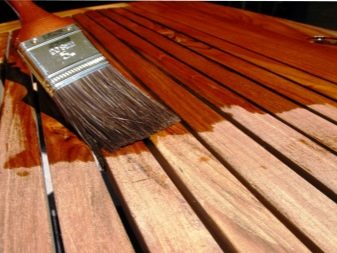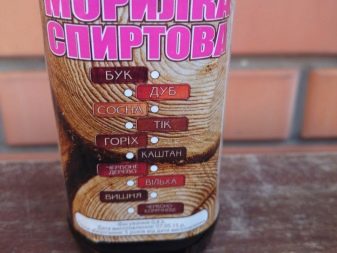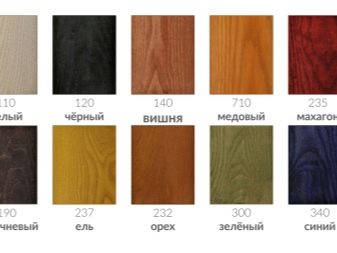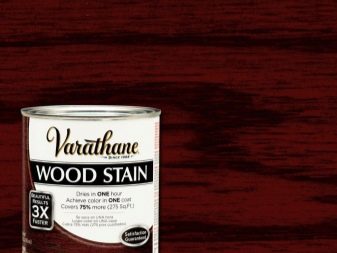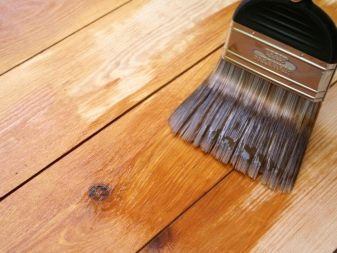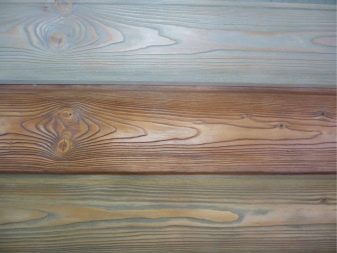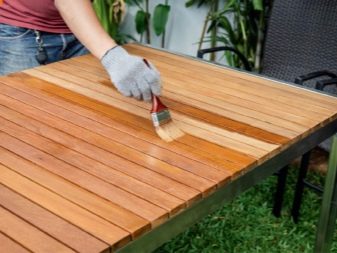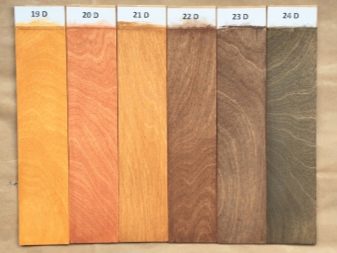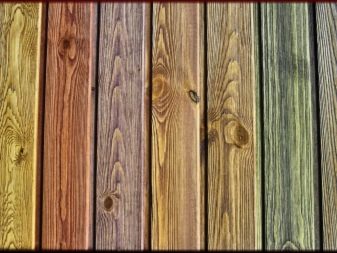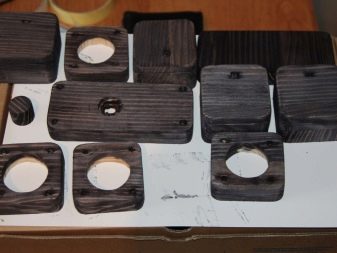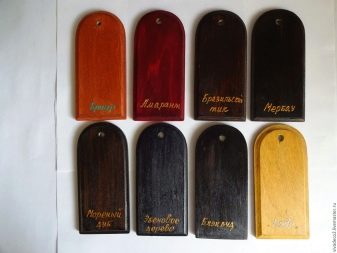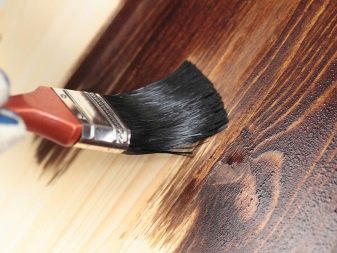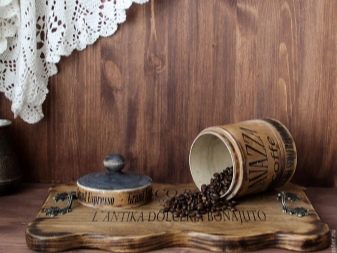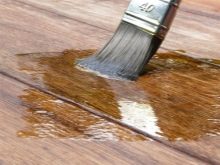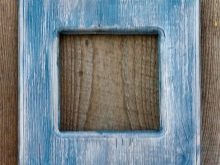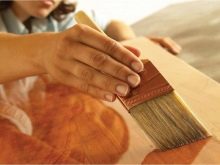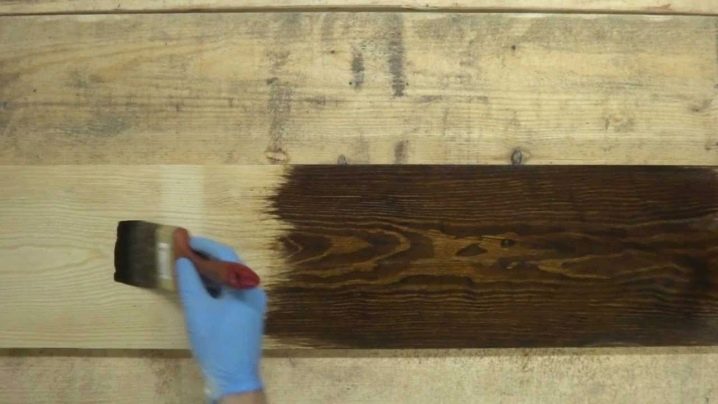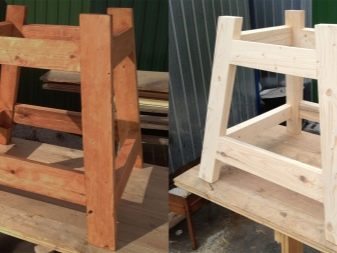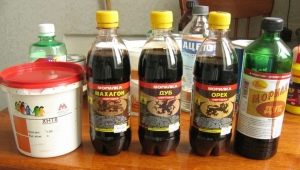Stain: color palette
It is not always possible to purchase new furniture, but it is possible to update it, make an old item or inexpensive furniture a more interesting option due to wood treatment with wood stain. With the help of such a tool, even a cheap furniture can be made a very unusual and interesting option, giving the type of noble and expensive furniture to inexpensive wood species.
Special features
Wood has always been the most sought-after material, even new-fashioned materials do not compete with it. Rooms with wooden furniture or decoration using this natural material will always have a winning appearance, will create a special atmosphere. Wood products require constant care. With the help of stain, you can protect its surface from the following factors:
- from high humidity;
- from external factors that adversely affect the surface;
- from direct sunlight;
- Prevent contamination and scratching.
Having covered with old stain the old furniture or surface, you cannot make it new, but it is quite possible to give it a stylish and unusual look. Mooring wooden surfaces is the easiest way that allows a material to appear in the most advantageous shade.
Wood stain penetrates the material without leaving a layer as usual paint does. The application of stain allows you to achieve a rapid change in the color of the product, to give it a more interesting look, to emphasize the structure without overlapping it. To date, Beits have already appeared, thanks to which it is possible to increase the exploitation of wooden surfaces, besides, they do not have disinfecting properties.
The composition of the stain
Protect the material and extend the life of wooden surfaces, plywood products can be treated with wood stain. This coating is called stains, it serves to protect the surface from pests that can be found on wooden products. These funds are divided into aqueous and non-aqueous, the latter are also divided into oil and alcohol.
Water
Water stain is considered the most common, you can purchase a finished product or in powder. This is the most common form, in the arsenal of a huge selection of various shades, ranging from light colors to the darkest shade. The amount of powder depends on the intensity of the color. Water stain does not smell, so you can even work with it indoors, which is an undoubted advantage of this tool.
But he has his drawbacks. During spreading, it slightly raises the fibers on the surface to be treated, as a result of which the susceptibility to moisture in wooden surfaces increases. It takes at least 12-14 hours to completely dry the surface.
When choosing a water stain, it is recommended to pre-wet the wooden surface, then sand it with sandpaper, remove the raised fibers, and then apply the agent.
After working with the surface can be treated with varnish. Before you start, the tool should be very thoroughly mixed so as not to leave small particles.
Alcohol
Alcoholic stain in its composition has aniline dye, which is dissolved in denatured alcohol. Can be used as a finished product or in powder form.The undoubted advantage in working with this tool is that these stains dry up literally within half an hour, because volatile alcohol is present in the composition. It is not so easy to work with alcohol stains, because with very fast drying spots can form on the surface. To avoid this, apply the spray gun.
Oily
It is produced in a dry form, for use it is dissolved with white spirit. The basis for the tool often serves flax oil, so it can rightly be considered safe and environmentally friendly. Dissolving of dyes occurs in the oil medium, which allows to achieve the most interesting shades. Such a tool is popular with decorators. The stain dries quickly enough (only 2-3 hours).
In the process of application, the raising of wooden fibers does not occur, it is applied without the appearance of stains, in the process of work a film is formed on the surface.
New types of protective agents for wooden surfaces have already appeared: acrylic and wax. In their production all the disadvantages of other types were taken into account, they should be attributed to the tools of the new generation for working with wood surfaces.The color palette is presented much more interesting and diverse - from natural shades to unusual exotic ones.
Acrylic stain, in addition to the undoubted advantages, has disadvantages. If applied in more than two layers, spots may appear on the surface, and it is also quite expensive. Wax is not used when processing polyurethane. By applying this tool, the stain does not permeate the surface, but creates a layer that protects the wood.
If you add acid or hydrogen peroxide to the stain, you can get bleached timber, which can then be painted.
There are other types of stains, they are made independently. Such tools are inexpensive and environmentally friendly, have a large variety of colors: under the oak, walnut and other tree species. One has only to choose the desired color scheme and apply the composition to the surface.
Colors and effects
For the treatment of wooden surfaces using wood stain. When you mention it immediately appears brown surface. For many consumers, this color seems to be the most relevant. After studying the features of the tool, its color scheme, it becomes clear that this tool has a great variety, which allows you to give the interior a new and unique look.Thanks to a large varied assortment, any colors and shades are selected.
When choosing a color should be guided by the fact that on different surfaces the composition will appear differently. Even if there is a certain color on the samples presented in the store, it is better to pre-check it at home on a small area of the treated surface and make sure that the tone matches. Although the manufacturer indicates the tone on the package, the color may appear differently on different surfaces, since natural materials absorb the composition and acquire completely new shades.
By treating the surface with water or alcohol stains, you can achieve the effect of naturalness. Choosing a tool, you should consider what effect is planned to achieve. It is possible to improve a room in a matter of hours if you apply oak or ebony color to the surface. Mahogany after treatment will look more red, while maple, because of its density, does not change its color when applied.
Inflicting on the porous surface of the poplar, its color will change. On the oak there will be a pronounced pattern due to its structure.Often, neutral tones are chosen for processing. You can choose dark shades and take the color of mocha, walnut, mahogany or brandy.
Processing means for wooden surfaces have a wide variety of colors, making the old coating immediately more interesting. Original surfaces obtained are treated with oak, beech, cherry and teak.
For wood processing, not only store stains are used, the surface can be treated with products derived from plants.
- Larch is suitable for giving the product a red hue, a decoction of its bark will help to achieve this effect. The tree will become more red if you cover it with broth from onion peel.
- Milled walnut shells will help to achieve unusual shades. The powder is boiled, soda is added at the end of cooking. When adding fringe, a rich reddish tone is obtained. If you add acetic acid, then the color will turn gray.
- When using powder from walnut and bark of an apple tree it is possible to achieve brown color, when adding alum, the color will become dark brown.
- When applying a decoction of unripe buckthorn fruit, you can get a golden hue.
You can achieve a diverse color palette and get an interesting rich color, such as wenge, oregon, pine or shade of bog oak, black, applying stain, based on tea, coffee and vinegar.
- The use of coffee allows you to achieve a brown shade. Grind coffee grains and add baking soda, or make instant coffee and apply to the surface.
- You can add a dark brown color using a regular tea brew. The strength of the tea leaves affects the color saturation.
- The effect of ebony can be achieved using metal and vinegar. To do this, metal products are poured for at least 2 days, and defended in a well-ventilated place.
- To give the product shades of cherry use potassium permanganate. After treatment with potassium permanganate, at the rate of 50 g per 1 l of water, the surface is varnished so that the material does not burn out in the sun.
The color palette is so diverse that it is difficult to decide which color to take. You can stay on neutral shades, choose the colorless option. The color palette allows you to use unusual shades: yellow, green, orange, emerald green.Blue stain, white or blue - this is not a complete list of colors to update wooden surfaces.
Tips
When applying to the surface you need to be as attentive as possible. If in the process of work there are difficulties, this will help the advice of professionals.
- If streaks are formed, the top layer should be removed as quickly as possible, until the stain has dried. After it dries, put another layer, and then remove both. If the surface is already dry, use a solvent.
- If spots appear on the surface, a plane is used to eliminate them.
- If the work is carried out on the surface of coniferous trees, the resin should be removed from them, since they will not absorb the product badly and the color will not change.
- When applying water stain, the material is moistened, due to which the dye is better absorbed.
- When applying it is better to use a brush, roller, foam rubber or cloth swabs, spray gun.
In order to choose the right tool, you should immediately decide what the final result will be. To give a small shade suitable stain on a water basis. The same result can be obtained if you choose a product based on alcohol, besides alcohol will protect the surface from fungus and bacteria.Alcoholic and aqueous means can emphasize the naturalness of wood, easily mimic the natural surface.
If you wish to completely change the color will suit stain with oil base. To give the tree a nobility, choose the color ebony or Peruvian walnut, with their help you can revive even ordinary-looking products.
To tint furniture made of wood and other surfaces, take a concentrated dye. For dilution of such funds suitable nitrosolvents, nitrobeytsy or water campers. In this case, the tone of the surface that is treated will depend on the base, on the number of layers and chemical composition. Concentrates of dyes give great opportunities for finishing wooden surfaces. With proper selection, they will improve the appearance.
On how to properly apply the stain, see the following video.
